What’s in a Legal?
Land mapping lies at the core of natural resource businesses. An organization must map its ownership and/or lease boundaries to thrive. Historically this task has been done by hand, but new technology permits automations, accuracy, and efficiencies.
Thirty US states use the Public Land Survey System (PLSS) devised by Thomas Jefferson as the basis for all land mapping. Land legals in the remaining states use bearings and distance (metes and bounds) to describe the boundary survey. Texas, though a “metes and bounds” state, also uses PLSS-like legal descriptions in some areas, and references abstract-survey-block or lot-tract-subdivision in other areas. Because of its unique history, Texas has many different surveying systems.
The Public Land Survey System (PLSS)
Land parcel legal descriptions within the PLSS reference the underlying land grid, i.e. meridian-section-township-range. Legals may also reference permanent government lots or tracts within the section. Legals containing references to lots, tracts, and quarter-quarters cannot be mapped without the detailed, granular, digitized data within each section. Chaining the changes from these documents (or plats) together over the span of 200 years to produce the current “lay of the land” is critical to mapping legals accurately.
Metes and Bounds States
In metes-and-bounds states, there is sadly no intervening reference PLSS. Survey boundaries exist as a chaotic set of “shattered glass” polygons not necessarily tied to one another. In the northeastern states, it is more difficult to determine lease ownership as there is no index into a larger picture, permanent PLSS. Interestingly, some organizations have tried to create a “pseudo PLSS” to reference polygons and wells in metes-and-bound states with varying degrees of success. The primary reason for failure is that such a pseudo-grid is not public domain and has no regulatory authority or tie to the land surveying community. In different geographies, and in different companies one can see that mapping legals requires different resources, skills and tactics to create an accurate map.
The Challenges of Auto-Mapping
A real estate parcel or oil and gas lease can easily change geometry, owners, or other attributes frequently, whereas the PLSS seldom changes (we can, however, spend lots of effort capturing it increasingly more accurately). A rural farm in Colorado may have the PLSS legal description within the Sixth Principal Meridian, Township 8N 86W section 16 and a specific location within the section: “LOTS 1,2,3,4, S/2 S/2 Tract 74”. Naive software might “automagically” map the polygon within the north half of the north half of the section, but the original plats show these government lots and tracts to be firmly in the south half of the south half of the section, nearly ¾ of a mile away.
Would it not be nice to compute the legal boundary given the textual legal description instead of hand mapping it? In the past, software programs have only been able to map legals using just the section polygon. The sectional subdivisions in the PLSS, i.e. lots, tracts, quarter quarters, and quarters of sections had not been digitized for most states, and poorly so in some government data. This state of affairs has resulted in inaccurate, highly generalized maps. Now that WhiteStar is building out that data for the 30 PLSS states, automated legal mapping is improving from 60-70% to well over 90%, the remainder are typically metes-and-bounds descriptions not referencing the PLSS. You can save extraordinary amounts of money by mapping legals automatically using systems such as Quorum and high resolution data containing lots, tracts, and quarter-quarters captured from the original survey plats.
